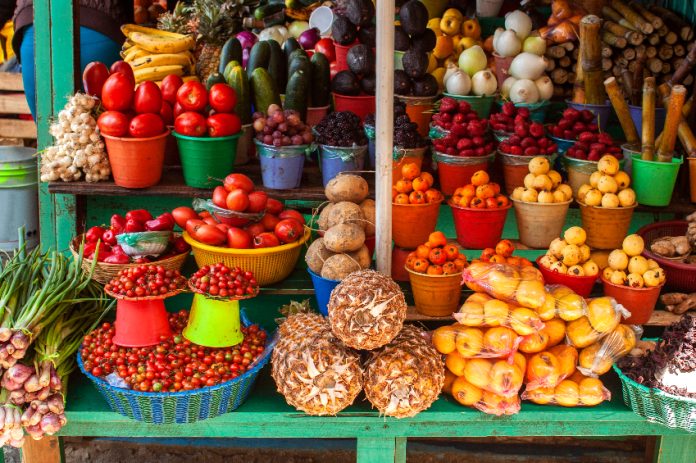Annual headline inflation in Mexico increased to 4.78% in the first half of May, up from 4.67% in the second half of April, according to the national statistics agency INEGI.
The uptick follows increases in inflation in Mexico in both March and April.
The rise in annual inflation in the first half of the month occurred despite a 0.21% decline in consumer prices compared to the second half of April.
INEGI also reported Thursday that Mexico’s core inflation rate, which excludes volatile food and energy prices, was 4.31% in the first half of the month. That rate declined from 4.34% in the second half of April.
Both the headline rate and the core rate were in line with the consensus forecasts of analysts surveyed by Citibanamex. The former rate was slightly higher than a median forecast of 4.75% from analysts surveyed by Bloomberg.
The Bank of Mexico (Banxico) targets a 3% headline rate with tolerance of 1 percentage point in either direction. The central bank’s governing board will hold its next monetary policy meeting on June 27.

The consensus forecast of more than 30 banks, brokerages and research organizations recently surveyed by Citibanamex is that Banxico will cut its benchmark interest rate by 25 basis points to 10.75% next month, and that the key rate will be 10% at the end of the year.
However, Bloomberg reported Thursday that the higher-than-expected headline rate in the first two weeks of May likely fueled bets that “the hawkish central bank will be slow to lower its interest rate.”
Fruit and vegetable prices continue to fuel inflation in Mexico
INEGI data shows that fruit and vegetable prices increased 19.99% annually in the first half of May. That’s up from an 18.57% annual increase in April.
Agricultural products in general — fruit and vegetables, and meat — were 8.75% more expensive than a year earlier. A modest 0.22% annual increase in the cost of meat tempered inflation in that category.
The cost of services increased 5.23% annually in the first two weeks of May, processed food, beverages and tobacco were 4.61% more expensive and energy prices, including those for gasoline and electricity, rose 4.08%. Prices for non-food goods increased 2.29%.
With reports from El Financiero and El Economista
